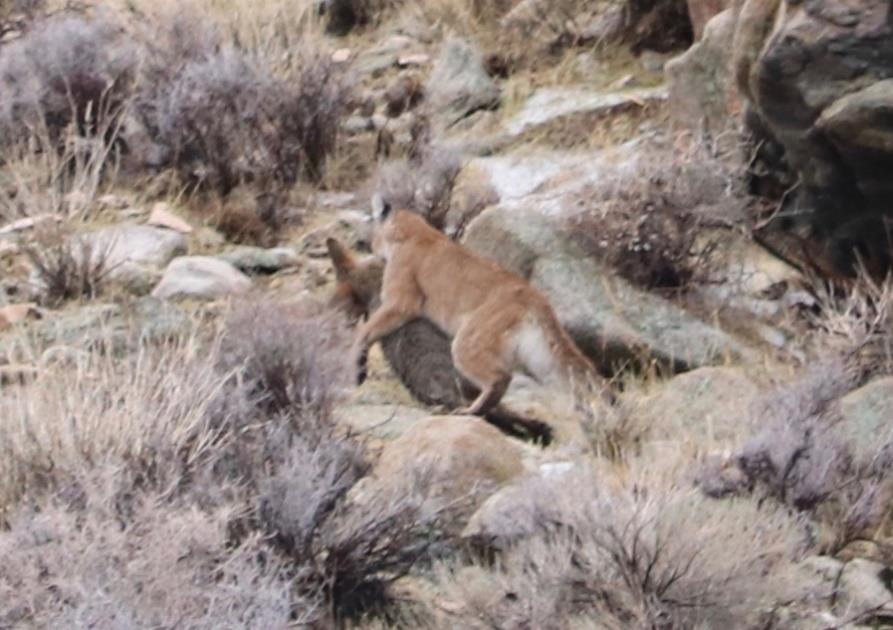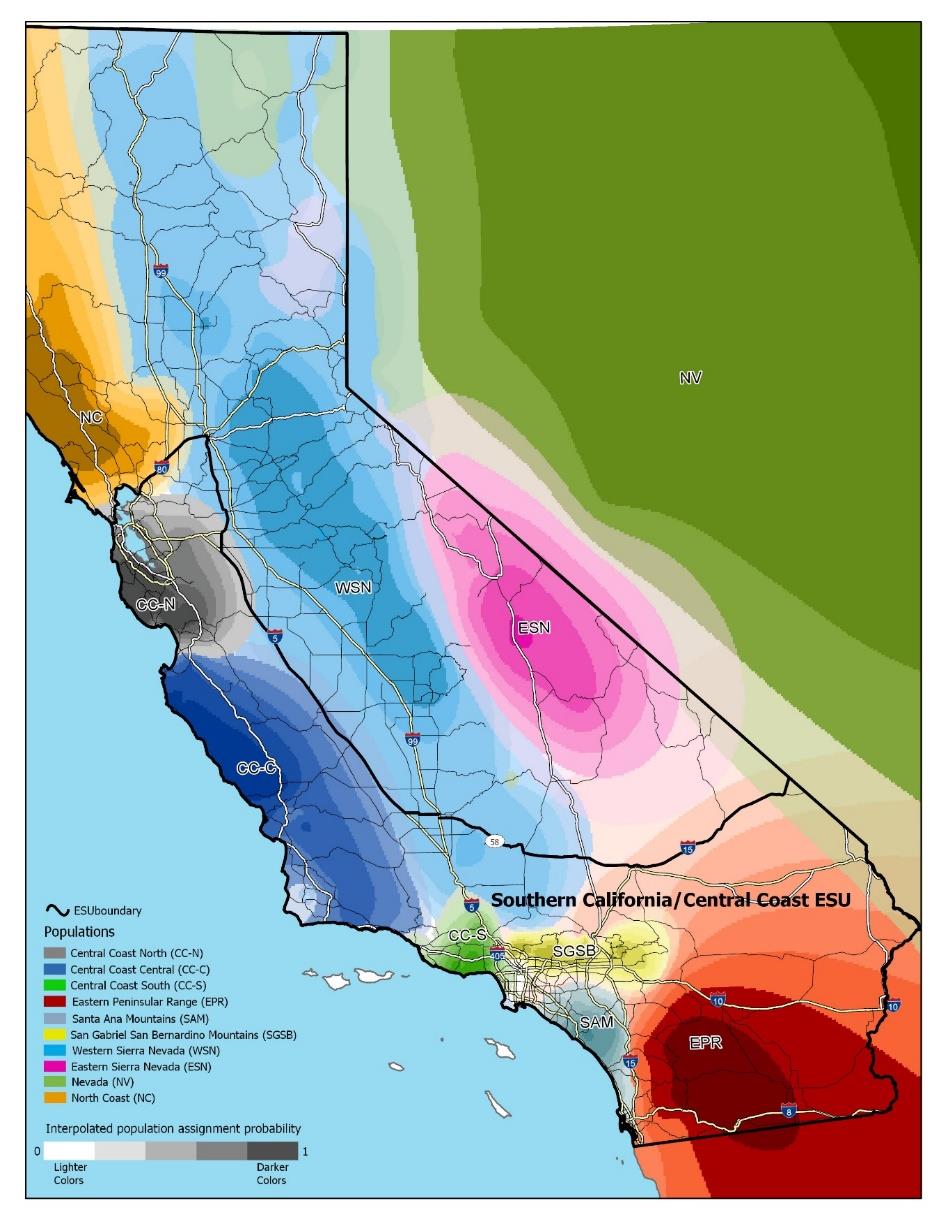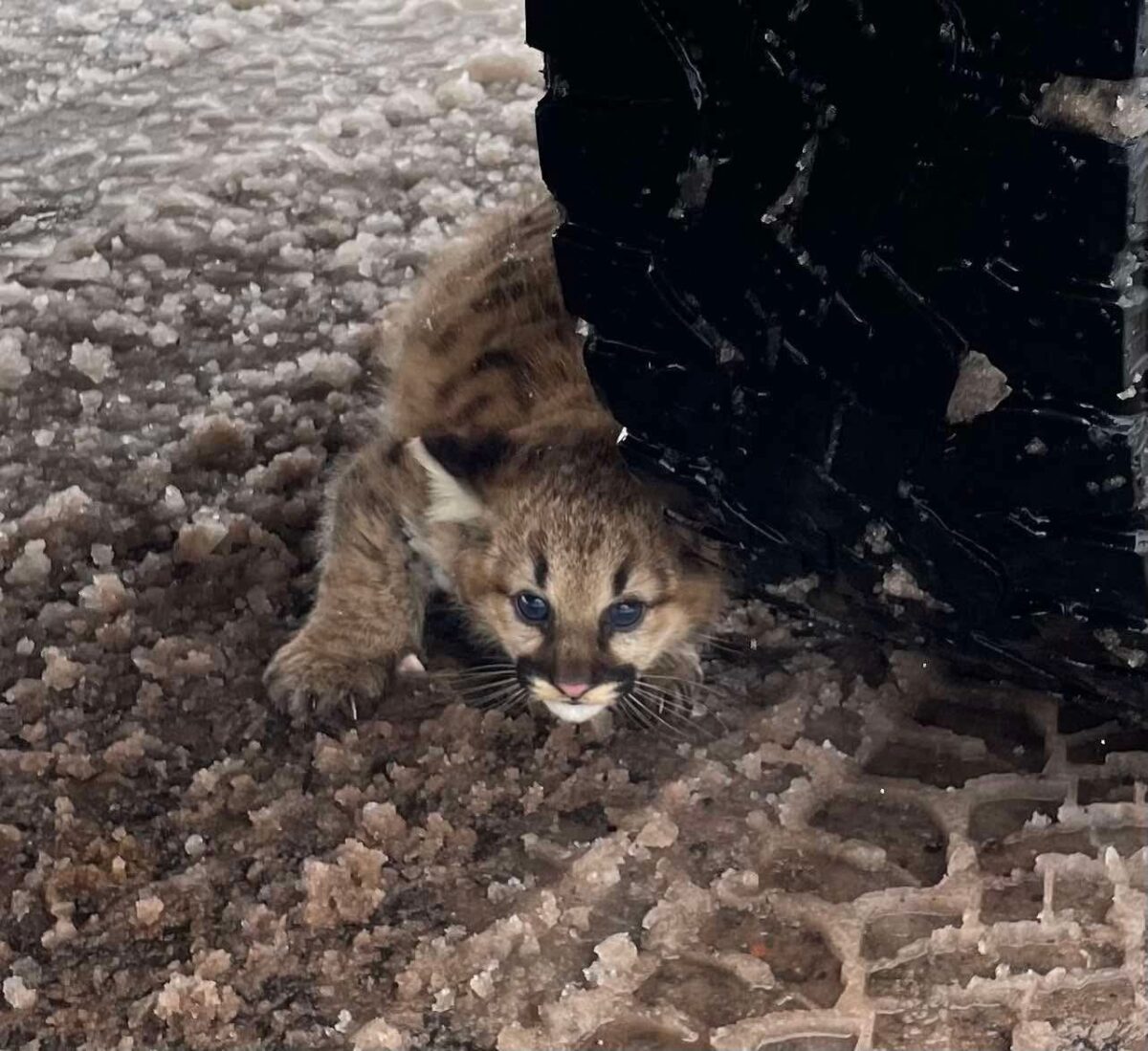06/25/2019
 Petition Filed to List Mountain Lions under CESA
Petition Filed to List Mountain Lions under CESA
The Mountain Lion Foundation and the Center for Biological Diversity formally petitioned the California Fish and Game Commission today to protect mountain lions under the California Endangered Species Act (CESA).The petition seeks protections for gravely imperiled cougar populations in Southern California and on the Central Coast, including the Eastern Peninsular Range, Santa Ana Mountains, San Bernardino Mountains, San Gabriel Mountains, Santa Monica Mountains, and north along the coast to the Santa Cruz Mountains.

Some Southern California lion populations could disappear in little more than a decade, according to a groundbreaking March 2019 study by John Benson and coauthors. Researchers at UC Davis, UCLA, and with the National Park Service predicted that if inbreeding depression occurs, the Santa Ana population could go extinct within 12 years and the Santa Monica population within 15.
“Our mountain lions are dying horrible deaths from car collisions and rat poison, and their populations are at risk from inbreeding too,” said Tiffany Yap, a biologist at the Center and primary author of the petition. “Without a clear legal mandate to protect mountain lions from the threats that are killing them and hemming them in on all sides, these iconic wild cats will soon be gone from Southern California.”
Habitat loss and fragmentation caused by freeways and sprawl have led to high levels of genetic isolation and human-caused mortality. These lion populations suffer from dangerously low genetic diversity. The animals are often killed trying to cross freeways, in retaliation for preying on livestock, and by poachers. Others die excruciating deaths after consuming prey that have ingested toxic rodenticides. Whenever a female lion dies, there’s a good chance kittens are being orphaned.
Mountain lions have profound impacts on their environment, which help to support the overall health of California ecosystems. Their kills provide an important food source for a host of wild animals, including California condors and gray foxes. Their presence benefits rare native plants, butterflies and even songbird populations.

Losing mountain lions may create imbalances that result in severe repercussions for people. In the eastern United States, where cougars are now extinct, uncontrolled growth of deer populations has resulted in overgrazed vegetation, loss of biodiversity, an increase in tick-borne illness, and a higher percentage of vehicle-deer collisions than in the western states where mountain lions reside.
“Very few young lions can make their way through the maze of homes that dot the hillsides of Southern California. They can’t cross eight-lane freeways to find a territory and establish a home. Yet the lion populations in isolated mountain ranges depend on the genes of these young immigrants to avoid extinction,” said Lynn Cullens, executive director of the Mountain Lion Foundation. “It’s time to recognize the threats that face mountain lions and improve our ability to protect them, because they matter for their own sake and have significant value to all Californians.”
Under the California Endangered Species Act, the California Department of Fish and Wildlife has three months to make an initial recommendation to the Fish and Game Commission, which will then vote on the petition at a public hearing later this year. If mountain lions win protection under the Act, state and local agencies will have to work more carefully to manage threats to them. For example, road and development projects would have to include measures to preserve natural habitat links, such as wildlife crossings under freeways.
The Mountain Lion Foundation is a national nonprofit organization founded in 1986. For more than 30 years, the foundation has worked with member volunteers and partner organizations to further policies that protect mountain lions and their habitat.
The Center for Biological Diversity is a national, nonprofit conservation organization with more than 1.4 million members and online activists dedicated to the protection of endangered species and wild places.

Map of the Southern California/Central Coast ESU boundary. Derived from Gustafson et al. (2018). Genetics data source: Kyle Gustafson, PhD, Department of Biology and Environmental Health, Missouri Southern State University, and Holly Ernest, DVM, PhD, Department of Veterinary Sciences, Program in Ecology, University of Wyoming, Laramie. Roads data source: ESRI.



 Facebook
Facebook Twitter
Twitter Send Email
Send Email


